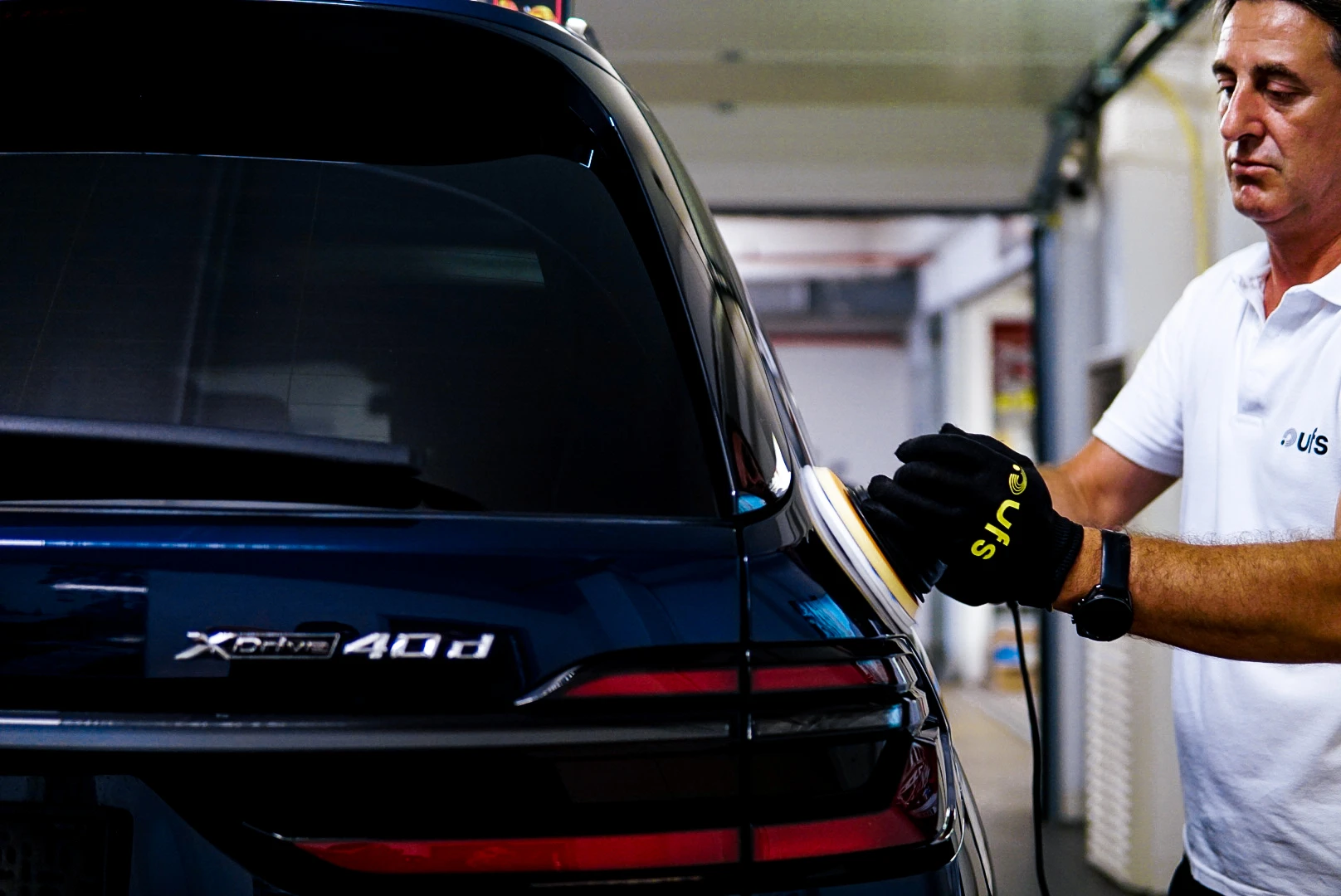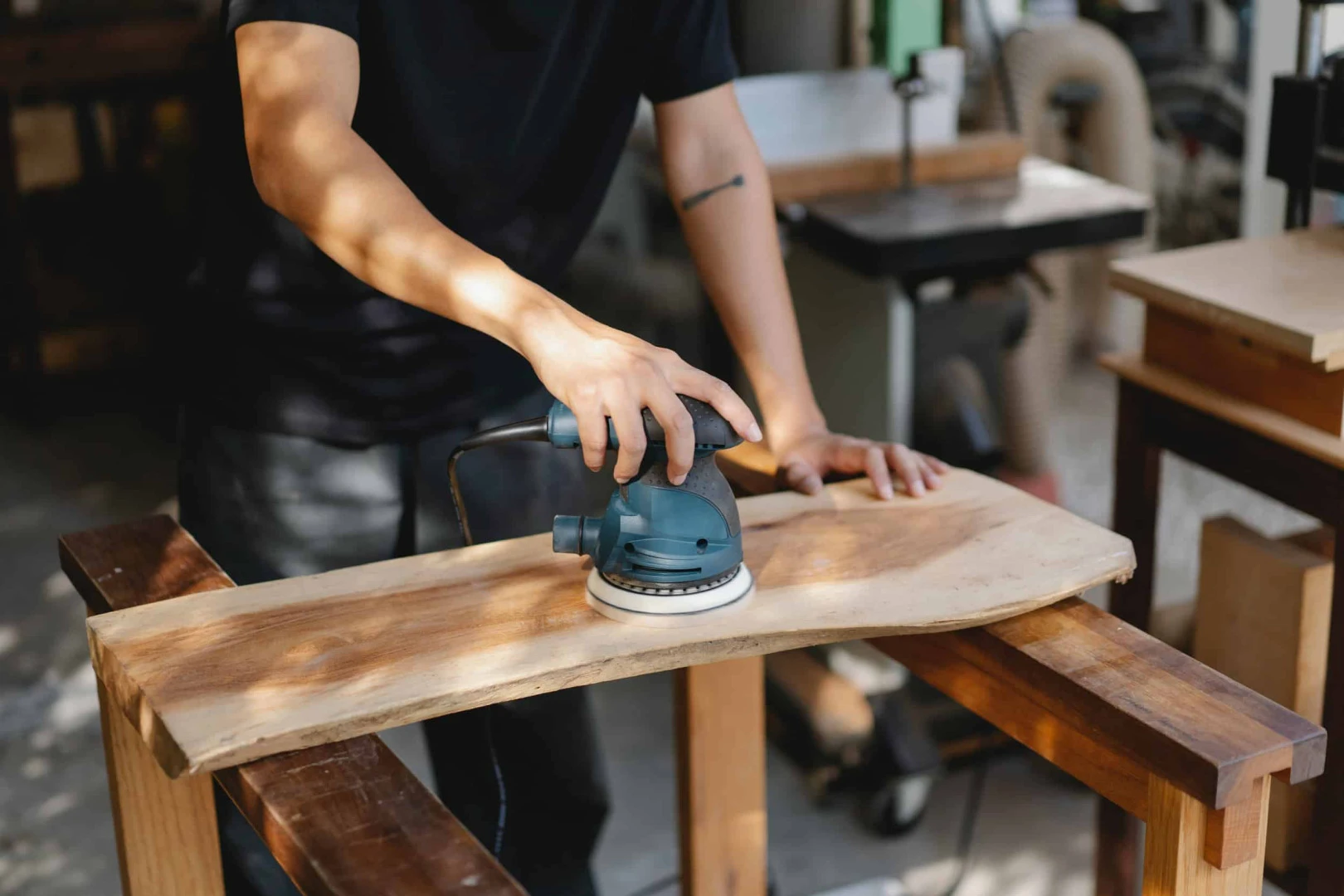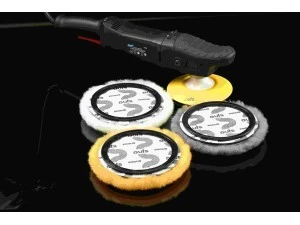Pads are particularly important in polishing processes for temperature control. Temperature is a critical factor in operations applied to the paint surface because excessive heat can damage the integrity of the paint and varnish layer. Such damage can lead to unwanted holograms on the paint surface, color dulling, and surface unevenness. Excessive heat can also damage or burn the varnish layer, resulting in permanent damage to the vehicle's exterior appearance. Therefore, it is essential to control heat during polishing operations and use appropriate materials. Natural pads are generally more effective than synthetic alternatives at distributing and absorbing heat, making polishing with pads safer and healthier. Products like lambskin polishing pads offer significant advantages in this regard by reducing heat buildup on surfaces and minimizing negative effects on the paint.
Why is Heat a Critical Factor in the Polishing Process?
The polishing process is crucial for smoothing the car's paint surface and enhancing its gloss. However, the heat generated during this process is a critical factor directly affecting its success. If heat is not controlled, excessive warming can occur on the surface, damaging both the paint and varnish layers. Excessive heat alters the chemical structure of the paint, causing undesirable results. Therefore, the effects of heat must be considered during polishing and controlled using appropriate methods.
The Direct Relationship Between Friction and Heat
Friction is the main source of heat generated during polishing. When pads or sponges are applied to the paint surface, the movement between surfaces creates friction, increasing temperature. The type of material and application method directly affect the amount of friction. For example, when using natural pads for polishing, the heat can be distributed more effectively and controlled. In contrast, synthetic products carry a higher risk of excessive heat buildup, which can damage the paint surface. Correct material selection in polishing helps balance friction and heat, protecting the surface.
Effects of Heat on the Paint Surface
The effect of heat on the paint surface is crucial during polishing and other coating processes. High surface temperatures can compromise the structural integrity of the paint and varnish layers. Excessive heat can alter color pigments, causing color changes, dullness, and uneven surfaces. Moreover, heat rise may cause varnish burning or interaction with hydrocarbon-based solvents, leading to unwanted holograms on the surface. All these effects reduce the aesthetic appeal and value of the vehicle, so heat must be controlled and the surface protected during polishing.
Advantages of Using Pads for Heat Control
Using pads offers several advantages in controlling heat during polishing:
Their natural structure effectively distributes and absorbs heat, preventing overheating on the surface.
Pads reduce friction, controlling heat levels during polishing.
Enhanced air permeability reduces heat buildup and optimizes surface interaction.
Pads contain fewer harmful chemicals compared to synthetic sponges, offering an eco-friendly option.
Durable and long-lasting, pads provide effective polishing control when used correctly.
Heat Distribution Capability of Pads
Pads made from natural fibers distribute heat evenly, providing balanced heat dispersion during application. This prevents overheating and protects the paint surface's integrity. With pads, friction-generated heat is absorbed and dispersed without accumulation, allowing for optimal gloss and smoothness while minimizing negative effects. Natural pads perform better than synthetic materials, making them preferred in many professional applications.
Difference from Synthetic Sponges
Pads and synthetic sponges are common in polishing, but there are significant differences. Pads offer superior heat control compared to synthetic sponges. Synthetic sponges, being petroleum-based, generate excessive heat due to friction, which can damage the paint. Natural pads distribute and control heat effectively, minimizing its impact on the surface. Pads also provide a gentler interaction with the surface, reducing the risk of unwanted effects such as holograms.
Possible Damage from Overheating on Paint
Excessive heat during polishing can cause various damages to the paint surface, affecting both aesthetics and durability. The most common issue is hologram formation, caused by light scattering from uneven surfaces. Excessive heat can also damage the varnish layer, leading to burning or degradation, and cause dullness and uneven color on the paint. These effects negatively impact the vehicle’s exterior and reduce its value. Protecting the paint from overheating is therefore crucial.
Hologram Formation
Hologram formation is one of the most visible and annoying effects of excessive heat on the paint. If heat is not controlled during polishing, light refractions from friction cause holograms, appearing as fine lines or irregularities on the surface, reducing gloss. This indicates poor polishing quality and usually requires re-polishing or varnishing, increasing time and cost. Proper heat management is essential to prevent hologram formation.
Burning or Degradation of the Varnish Layer
Excessive heat can also burn or degrade the varnish layer, which protects the paint and provides gloss. If heat rises uncontrollably, the varnish's chemical structure is damaged, causing burning, blistering, or opacity. Burnt varnish results in irregular and rough surfaces, reducing both aesthetics and protection. Maintaining temperature during polishing is vital to preserve the varnish layer's integrity.
Color Dulling and Unevenness
High heat can also cause color dulling and unevenness. Uncontrolled heat may cause paint colors to change unevenly, creating dull spots and inconsistent tones. Heat-sensitive pigments are particularly prone to this effect, resulting in a loss of the desired glossy and smooth appearance. Proper heat control during polishing is essential to maintain paint quality and overall vehicle aesthetics.




